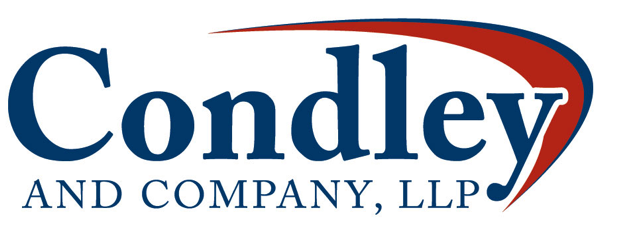
By: Jeff Graham, CPA, Partner at Condley and Company, L.L.P.
The economic activities over the past 2 years have created a renewed focus on the area of real estate and, as a result, regulatory agencies have increased examination emphasis. A review of the requirements of the Interagency Appraisal and Evaluation Guidelines published in 1992, and establishing policies and procedures to comply with the guidelines are critical in order to meet the challenging environment we face.
Based on the guidelines an institution’s board of directors is responsible for reviewing and adopting policies and procedures that establish an effective real estate appraisal and evaluation program. The program should:
- Establish selection criteria and procedures to evaluate and monitor the ongoing performance of individuals who perform appraisals or evaluations;
- Provide for the independence of the person performing appraisals or evaluations;
- Identify the appropriate appraisal for various lending transactions;
- Establish criteria for contents of an evaluation;
- Provide for the receipt of the appraisal or evaluation report in a timely manner to facilitate the underwriting decision;
- Assess the validity of existing appraisals or evaluations to support subsequent transactions;
- Establish criteria for obtaining appraisals or evaluations for transactions that are otherwise exempt from the agencies’ appraisal regulations; and
- Establish internal controls that promote compliance with these program standards.
The guidelines provide additional information in regards to:
- Selection of individuals who may perform appraisals and evaluations;
- Independence of the Appraisal and evaluation function;
- Transactions that require appraisals
- Evaluation content;
- Qualifications of individuals who perform evaluations;
- Valid appraisals and evaluations;
- Renewals, refinancings, and other subsequent transactions;
- Program compliance;
- Portfolio monitoring; and
- Referrals
Although the guidelines have been in effect for several years, the importance of the basic concepts has come to light with the recent economic challenges that the industry faces. Being prepared with policies and procedures that help limit the bank’s ultimate exposure is one way in which bankers can react.
In order to review the guidelines in their entirety you can visit OCC.gov or FDIC.gov.
The information contained herein is general in nature and is not intended, and should not be construed, as legal, accounting, or tax advice or opinion provided by Condley and Company, L.L.P. to the reader. The reader also is cautioned that this material may not be applicable to, or suitable for, the reader’s specific circumstances or needs, and may require consideration of non-tax and other tax factors if any action is to be contemplated. The reader should contact his or her Condley and Company, L.L.P. or other tax professional prior to taking any action based upon this information. Condley and Company, L.L.P. assumes no obligation to inform the reader of any changes in tax laws or other factors that could affect the information contained herein.
